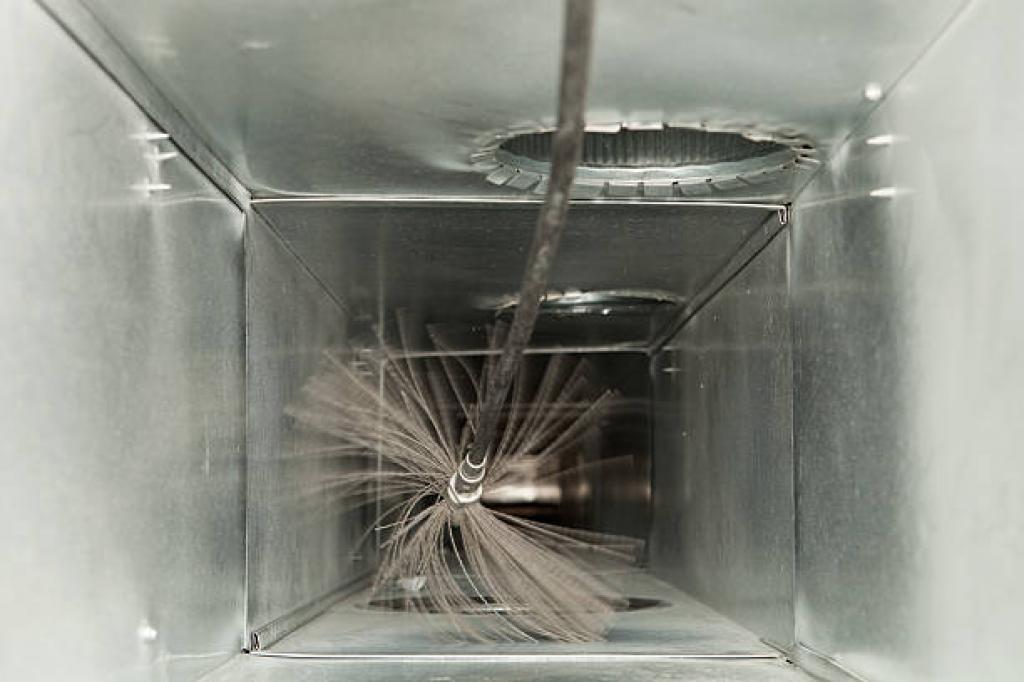How to Improve Air Quality in Your Austin Home
Austin Air Quality – There are many steps you can take to improve the air quality of your home. Filtration, ventilation, and cleaning products are all effective ways to improve the air quality in your home. In addition, you can use Indoor air sensors to determine the amount of pollen in the air and adjust your home’s HVAC systems as necessary. But before you make any of these changes, there are a few things you need to know.
Ventilation
There are many benefits to improving the air quality of your home through ventilation. It helps you to regulate the temperature and dilute airborne pollutants. Ventilation is the most effective way to improve air quality in your home. However, proper ventilation will only work if you also eliminate known sources of air pollution. As an example, you should minimize the use of cigarettes and other scented products in your home. You should also consider your home’s infiltration of outdoor air. This type of pollution occurs in most homes.
Indoor air quality can be up to five times more polluted than the outdoor air, according to the Environmental Protection Agency. Because people spend most of their lives indoors, poor ventilation can be dangerous for their health and well-being. Here are some tips to help improve the air quality in your home:
Filtration
While you’re indoors, you’re breathing the air inside your home. Poor air quality can make you ill, cause bad smells, and make your home less comfortable. According to the Environmental Protection Agency, the average American spends the majority of their time inside their homes. If the air quality inside your home is poor, you could be losing a lot of money. Here are some tips to improve the air quality inside your home.
You should start by cleaning your air and minimizing sources of pollution. The most common sources of indoor air pollution are smoke and pets, which emit harmful gasses and fine particles into the air. While most of these pollutants are safe for human beings to breathe, indoor air quality can be compromised if the ventilation is poor. To improve the air quality inside your home, invest in an air filtration system. There are many different types of air filtration systems, each with their own benefits.
Indoor Air Sensors
While we can’t escape global environmental issues, we can make an effort to improve the quality of the air we breathe in our homes. The use of indoor air quality sensors has become an essential part of our daily routine, especially for people who spend 90% of their time indoors. The question is, which indoor air sensors are the best? Luckily, there are a variety of indoor air quality sensors on the market, including the Footboy and Awaar.
If you want to get the most out of your indoor air quality sensor, you should make sure it is accurate and calibrated. The sensors must measure VOCs and pollutants, which are both important to improve IAQ. A good sensor should also have an accurate measurement and a well-designed web app to help you understand the data. Some indoor air quality sensors even have mobile apps, although they are more limited and complicated to use. The best sensors should motivate you to take action based on the data they provide.
Cleaning Products
You can make cleaning easier and better for your health by buying cleaners that contain less VOCs, or volatile organic compounds. These are gases released by many common household products, such as paint, furniture, and other materials. High levels of indoor air pollution can be harmful to those with respiratory problems, allergies, and asthma. In addition, they can cause headaches and fatigue. To avoid the health risks associated with indoor air pollution, consider purchasing cleaners that contain natural ingredients.
While cleaning products can help keep your home smelling fresh, many are also known to contain harmful ingredients that can cause headaches and irritate eyes. In addition, some can emit harmful chemicals, called volatile organic compounds, into the air. Bleach and ammonia are two commonly used cleaning products, but even natural fragrances can release dangerous indoor pollutants. Be sure to read labels carefully when purchasing cleaning supplies. Aside from releasing harmful chemicals into the air, some cleaning products may contain a high concentration of chemicals.
Asbestos
Asbestos is a mineral rock that exhibits a high level of resistance to heat and deterioration. During its manufacturing process, the material separates into millions of fibers. Asbestos fibers are highly harmful to human health, particularly when inhaled. Fortunately, the effects of exposure to asbestos are not immediate and may take decades to manifest. Even if you do not immediately experience symptoms, you should still have asbestos removal done as soon as possible to ensure your safety.
It is important to contact a professional before beginning any remodeling project, such as removing an old ceiling. You should also consult your health department, which is able to offer guidance on asbestos removal. Asbestos can be hazardous to your health, so it is important to remove and recycle it. Asbestos is commonly found in old buildings and can be dangerous to your health if not properly disposed of. The greatest risk of asbestos exposure is from home remodeling. Although home asbestos test kits are available, they are not certified by state regulatory agencies. Austin Air Quality Call Us Now: (512) 546-6939



